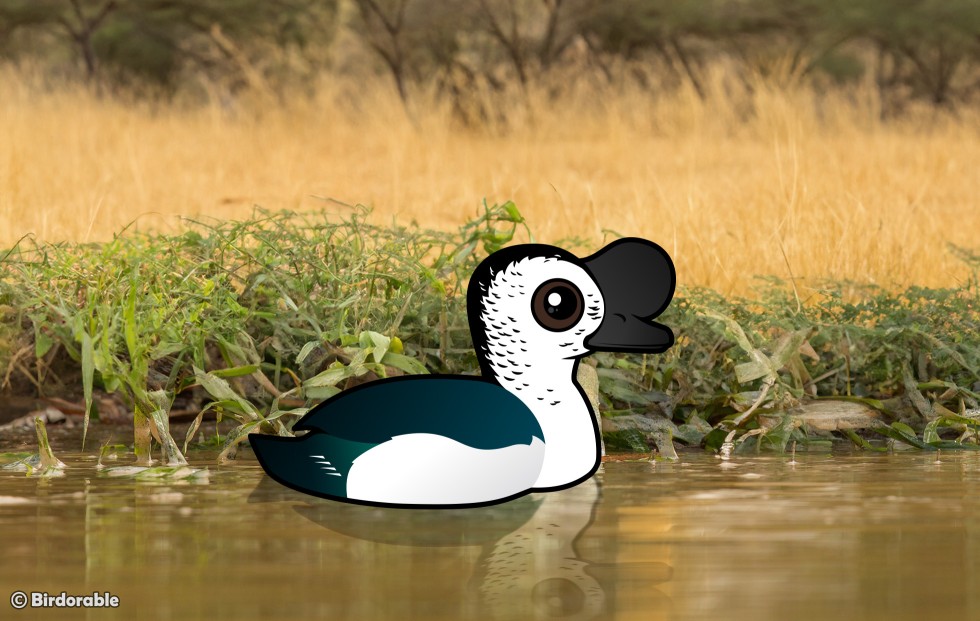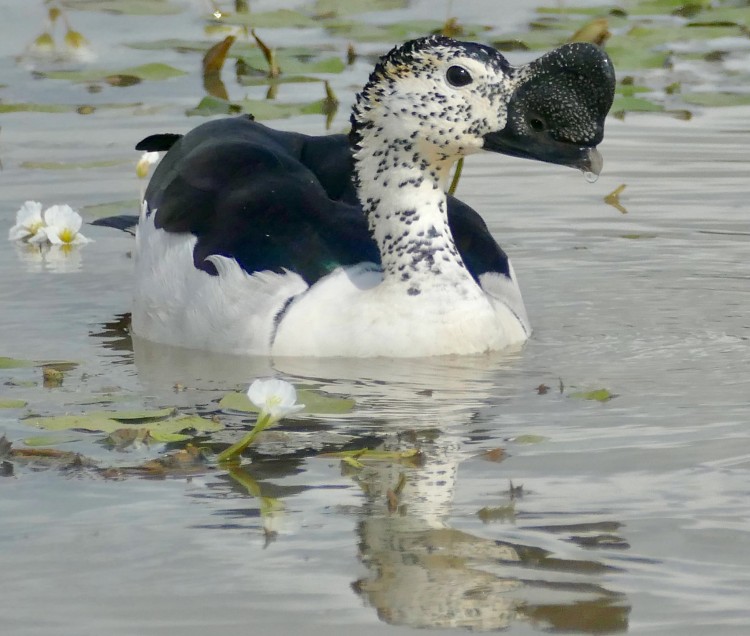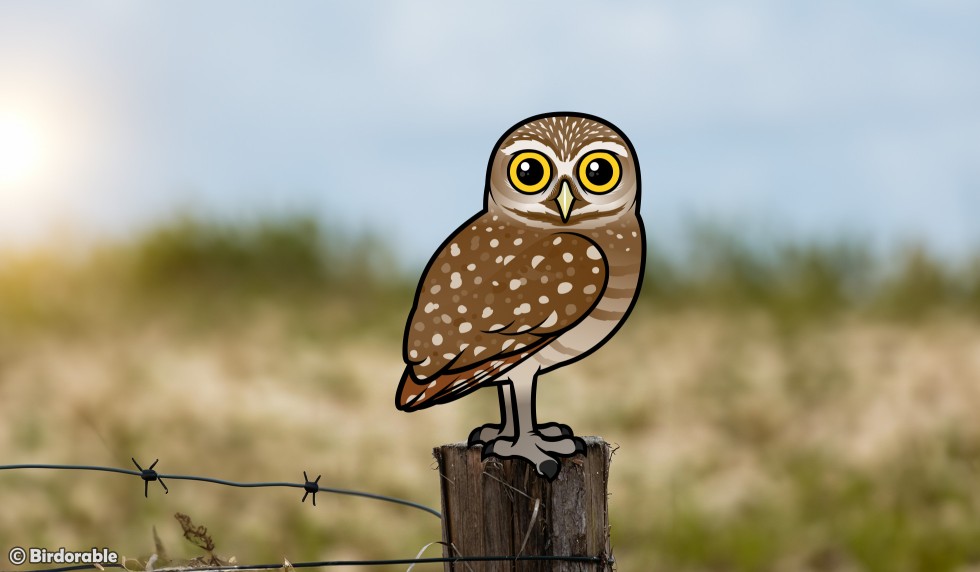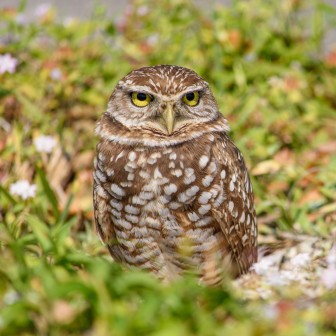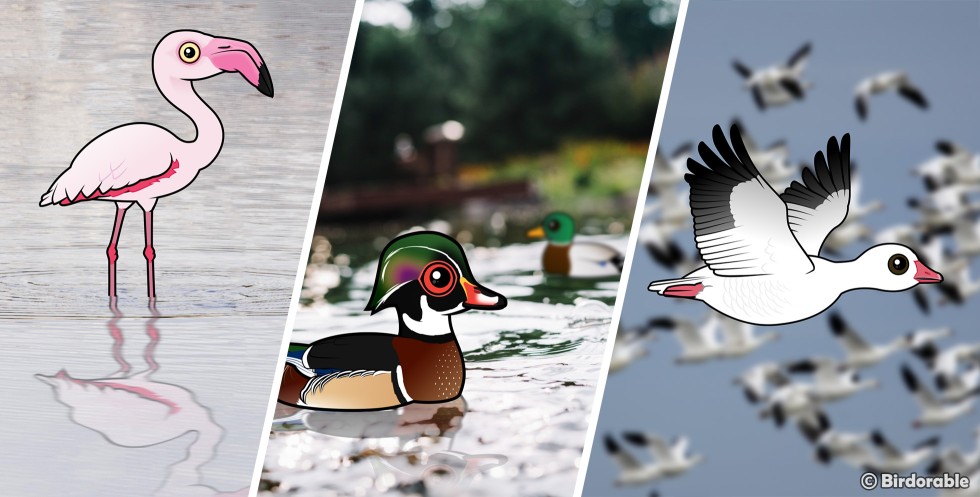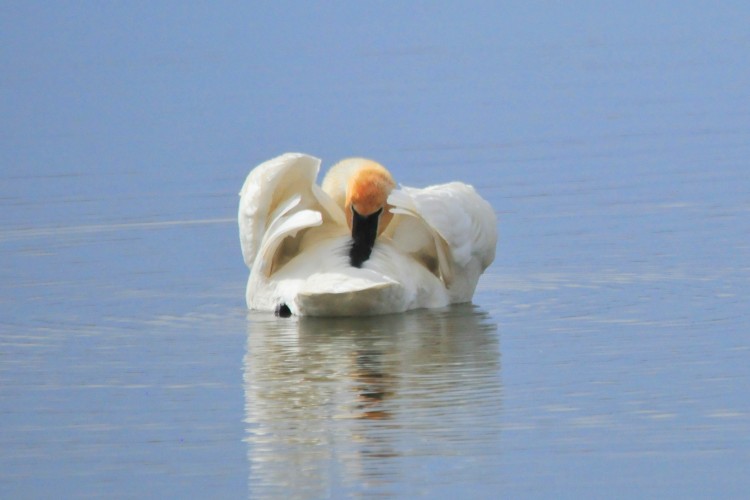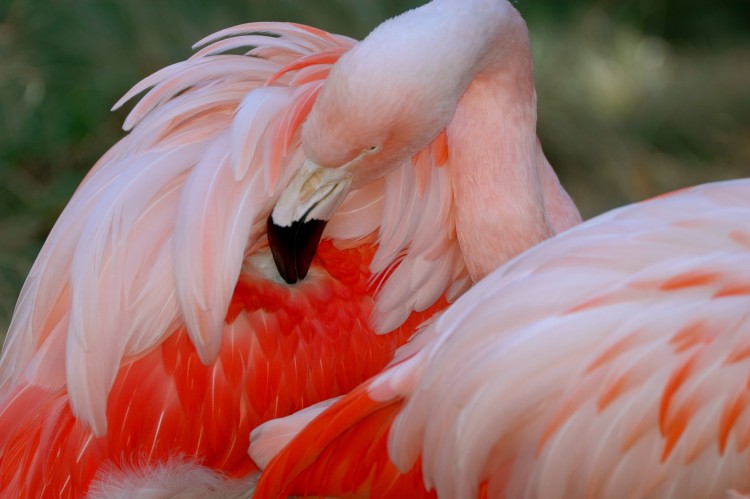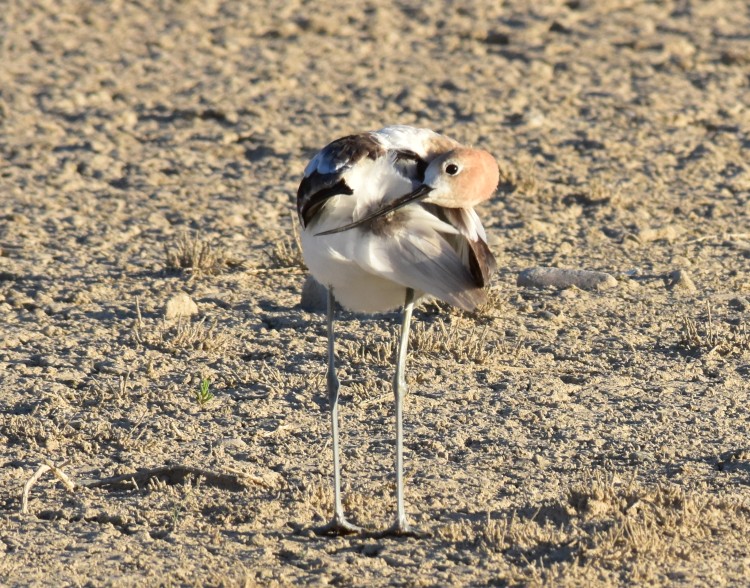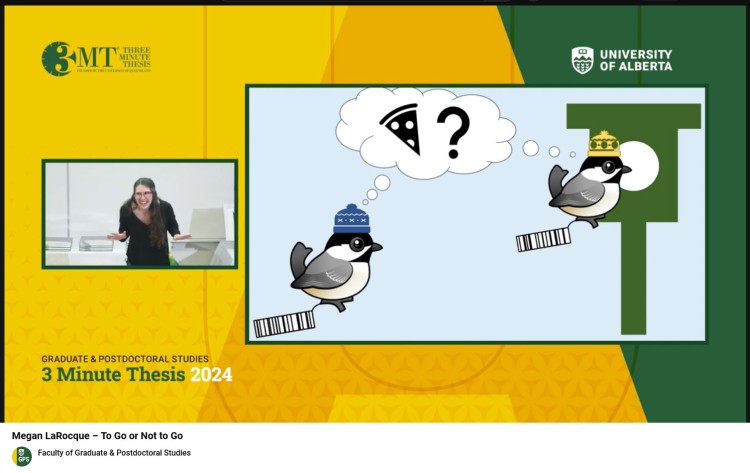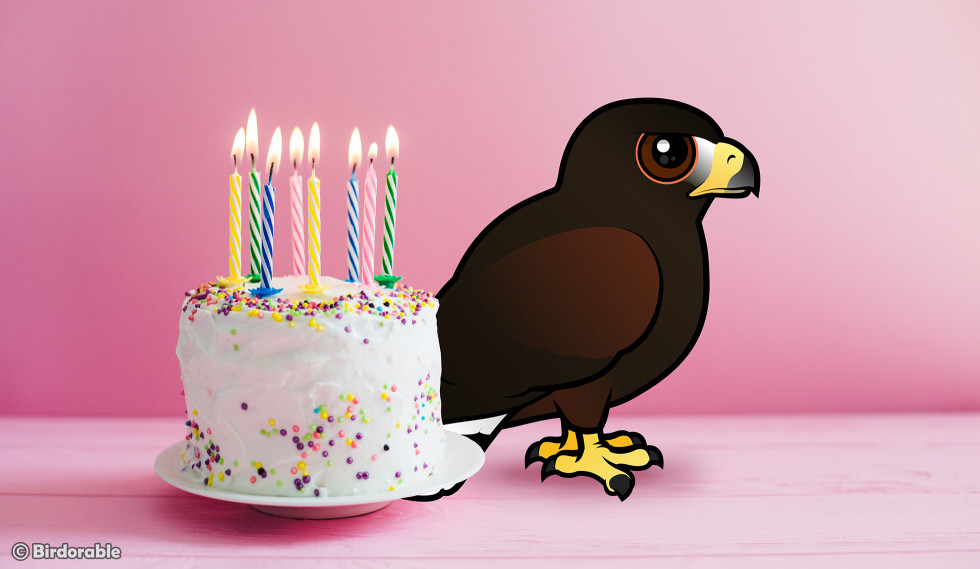
How long do birds live? The answer depends on the species. Some tiny songbirds only live a couple of years, while certain parrots and seabirds can outlive humans! But have you ever wondered how bird lifespans compare to human ages? If a parrot lives to be 80, how old would that be in "human years"? Let’s explore bird longevity, some record-breaking birds, and how we know their ages.
Bird lifespans vary widely. Small birds like chickadees or sparrows typically live 2 to 5 years in the wild. A 3-year-old American Robin would be middle-aged, while a 10-year-old robin would be ancient, comparatively speaking. The longevity record for American Robin in the wild is 13 years, 11 months for an individual banded in California in 1962. In contrast, larger birds like eagles and parrots can live for decades. Bald Eagles often reach 20 to 30 years in the wild, and some parrots, like macaws, can surpass 50 or even 80 years. The longevity record for Bald Eagle in the wild is 38 years for an individual banded in New York in 1977. For more information about the longevity records for wild North American birds, visit Historical Longevity Records of North American Birds.
One of the most famous long-lived birds is Wisdom, a Laysan Albatross. She was first banded in 1956 as an adult, making her at least 73 years old today—the oldest known wild bird! Despite her age, she continues to lay eggs and raise chicks. Another record-holder is Cookie, a Major Mitchell’s Cockatoo, who lived to be 83 years old in captivity at Chicago’s Brookfield Zoo.
To compare bird ages to human years, some people use a rough formula similar to dog years. One simple method is multiplying a bird’s age by 5 to 6 for small birds and by 2 to 3 for long-lived species. For example, a 10-year-old Budgerigar might be considered roughly the equivalent of 50 to 60 in human years, while a 40-year-old African Gray Parrot could be like an 80- to 100-year-old person.
Many of the longest-lived bird records have been tracked through bird banding, also called ringing. Scientists place small, numbered bands on birds’ legs, allowing researchers to identify the same individual years or even decades later. In captivity, we can track birth records to know exactly how old pet or zoo birds are.
Bird longevity records also include some famous final farewells. Martha, the last Passenger Pigeon, died in 1914 at around 29 years old, marking the extinction of her species. The last known Carolina Parakeet, Incas, died in 1918 at the Cincinnati Zoo at at least 33 years of age. More recently, Flaco, a Eurasian Eagle-Owl that escaped from the Central Park Zoo in 2023, survived for about a year in the wild before his death in 2024. Hatched in captivity in 2010, Flaco was 13 years old at the time of his death.
Longevity of captive birds compared to their wild counterparts demonstrates the dangers of living a life in the wild. The longest known lived wild Harris's Hawk was just 19 years and 4 months old when it was found dead on the side of the road in Texas; the longest lived captive Harris's Hawk was a beloved ambassador bird who recently passed at nearly 38 years old.
While some birds live incredibly long lives, most face challenges like predation, habitat loss, and disease. Still, many species continue to surprise researchers with their longevity. Whether it’s a backyard bird or a century-old parrot, each bird's life is a fascinating look into the world of avian aging.


